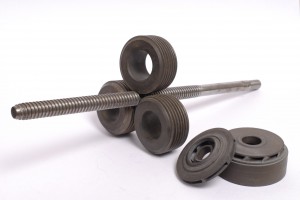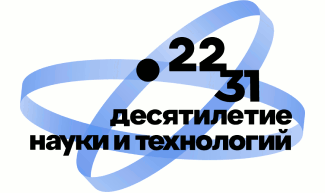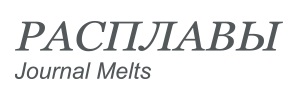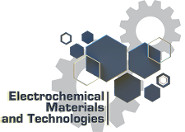Three technologies of liquid boriding have been developed at IHTE UB RAS for surface strengthening of steel parts of machines and tools operating under high static and dynamic loads: boriding in borax melt, boriding in calcium chloride melt, cyclic boriding in calcium chloride melt.
Formed in accordance with proposed technologies iron borides have high surface strength. The diffusion layer consists of two zones of needle-like borides: external FeB and internal Fe2B with microhardness of 18500-20000 MPa and 16500-18000 MPa, respectively.
Liquid boriding has been tested on constructional steels (20, 45, 40Х, ШХ15), tool steels for cold deformation (У8А, 9ХС, ХВГ, Х12Ф1) and tool steels for hot deformation (5ХНВ, 4Х5МФС, 3Х2В8).
The wear resistance of borided steels is 2-10 times higher at considerable specific pressures, sliding friction, and abrasive and hydroabrasive wear in corrosive media (10% НCl, 30% H2SO4).
Examples of increasing operating time for boride parts of machines and tools:
- die instrument of cold and hot deformation – from 2 to 10 times;
- press-tools for pressing granular material l – in 2-3 times;
- drawing die and form roller instruments – in 2-10 times, oil equipment parts – in 2-4 times;
- spray nozzle details in conditions of mineral fertilizers production – from 2 to 4 times;
- parts of technological equipment – up to 10 times;
- parts of machine and mechanisms operating in abrasive conditions – from 2 to 6 times;
- details of injection molding machines and press-forms for nonferrous and alloys casing – up to 5 times.
The cost of boriding accounts for 10-20% of the initial cost of parts. The raw materials are available and produced in Russia.
The technologies of liquid boriding have been covered by nine Certificates of Authorship and Russian patents.





